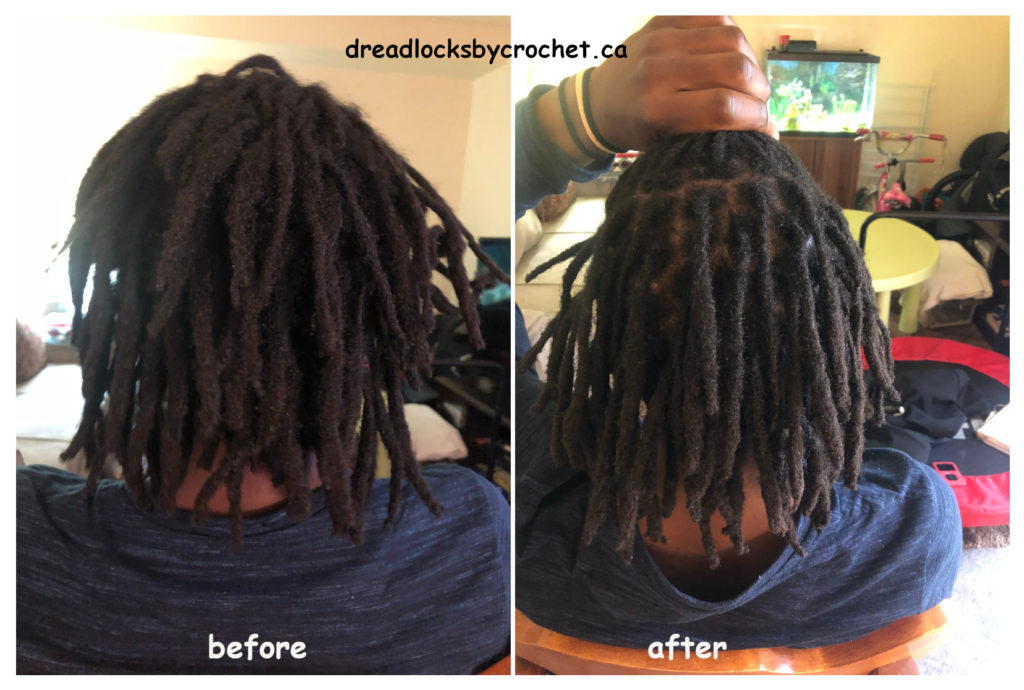Table Of Content

It will give an extra slip to the skin ensuring blades don't drag, and meaning you can avoid irritating any sensitive spots. Opt for an alcohol-free, sensitive formula, to prevent drying out your skin. How do we get rid of the irritating bumps before they even happen? Follow our 6 expert tips and put a stop to ingrown hairs, once and for all... "The easiest way to avoid ingrowing hairs is to avoid wet-shaving in favour of an electric razor." This way, he says, you’ll avoid cutting the hair so short and it won’t be able to grow under the skin.
Bodycare
If you’re in a pinch, you can apply some 1% hydrocortisone right after the wax or close shave, and then one more time the next day, which may take some of the redness out. “You should not use this more than two or three applications at most,” she says, as hydrocortisone can thin the skin and cause stretch marks. "Ingrown hairs often occur after shaving, tweezing, or waxing, and can be found in any area where hair grows, such as the face, legs, armpits, and pubic area," Engelman says. Shaving in the opposite direction to the hair growth means each hair will be cut at a sharper angle, and is therefore more likely to grow back under the skin.
If it is good and if it doesn't affect the normal life, can you please suggest me a medicine for removing those hairs.

This will allow you to grasp only the hair and avoid damaging your skin. A hair becomes ingrown if it grows back into your skin while being outside of its hair follicle. The curlier the hair, the more likely it is to become ingrown. A hair can curve back into your skin as it grows out and become trapped under your skin.
Risk factors
If you shave or wax with any sort of regularity, there is a 97.6 percent chance you've had an ingrown hair, one of the most annoying (and painful) beauty problems. One very useful product is adapalene gel, an over-the-counter retinoid medication. This medication can be applied to areas with ingrown hairs to help gently exfoliate until the ingrown hair appears at the surface of your skin. You can then carefully remove the hair with tweezers (see below). Ingrowing hairs can present as lumps or bumps in the skin and can even have a head on them like a regular spot.
How is ingrown hair diagnosed?
But, don’t just sit and start plucking the hair, there are a few precautions that need to be taken. Regardless of whether you have a stately mane, a five o'clock shadow or a baby smooth chin, your beard can go rogue and form an underground resistance at any time. Use this guide on ingrowing hairs to pluck up the courage to defeat them once and for all. There's something deeply satisfying about watching an ingrown hair get removed – the longer and tanglier, the better.
Most ingrown hairs will subside fairly quickly if you leave them alone. However, if an ingrown hair is really bothering you or lasts more than a couple of weeks, make an appointment to see your primary care doctor or a dermatologist. What you probably don't want to do is remove the deep ingrown hair yourself. This puts you at risk of damaging your skin or causing an infection, which often isn't worth the risk considering that a large percentage of ingrown hairs go away on their own.
HOW TO TREAT INGROWN HAIRS
Most ingrown hairs will go away on their own without treatment after a few days; though, severe cases may take several weeks. The best way to prevent ingrown hair from forming in the first place is to avoid shaving. But, if you prefer the feeling of shaved skin, there are steps you can take to try and limit the likelihood of ingrown hair forming. Use topical treatments on the affected area only, as they can cause dry skin and other side effects. For severe infections, a doctor may prescribe oral antibiotics.
If the ingrown hair becomes infected, the bumps may continue to grow and fill with more pus. They may be more painful, red, and irritated than ever before. People who experience ingrown hair over large areas may require medical treatment as well. However, if the problem is persistent, people should see their doctor for other preventive measures. These methods can include intense pulse light therapy or prescription creams to reduce hair growth.

How to prevent ingrown hairs?
How to Get Rid of Ingrown Hairs - Oprah.com
How to Get Rid of Ingrown Hairs.
Posted: Tue, 24 May 2016 07:00:00 GMT [source]
Lotions or toners that contain certain gentle acids work as chemical exfoliators, which likewise remove dead skin so the hair stands a better chance of popping out from your skin. “You can also consider using salicylic acid creams.” Dr. Lolis says, adding that products containing glycolic acid or lactic acid can serve the same purpose. We can all agree, it's best not to get ingrown hairs in the first place, so here's how to prevent ingrown hairs — and what to do if you wind up with one or more.
Dermatologist Sherrie Bullard, MD, shares safe ways to get rid of ingrown hairs and how to prevent them from happening. Digging into the skin to pull the hair out can cause an infection. Ingrown hairs on the legs can signal that a person is using the wrong type of razor. Brushing the skin with a firm, long-bristled brush in a circular motion can gently scrape away the outer layer of dead skin cells, revealing softer skin underneath. However, if a person can see the tip of the hair outside the skin, it may be easier to pull the hair out and allow the follicle to heal.
Ingrown hairs are the bumps that form on skin when a normal hair grows back in on itself. They manifest as raised, angry lumps, aka pseudofolliculitis barbae (try saying that after a glass of wine). They can be painfully itchy, and sometimes even fill with pus. You're more likely to suffer with them if you have coarse , curly hair since this is more likely to grow back into the skin due to the curved shape of the follicle its grown from.
If this does not work, rubbing a very soft toothbrush in a similar motion over the area may help unclog the follicle and release the trapped hair. Stephanie (she/her) is the director of the Hearst Health Newsroom, where she writes, edits and oversees all health content for Good Housekeeping, Prevention and other Hearst titles. If the hair is already visible and sticking out of your skin, you can attempt to tweeze the hair out. Easy to apply, dreamy golden shade and zero streaks, guaranteed.
Some OTC products may help coax the hair up and out of the skin, which may reduce the risk of infection. What if you’ve tried home remedies, and the ingrown hair just won’t go away? The ingrown hair may eventually make its way out of your skin. There are also situations where the hair will continue growing under your skin.
Alternatively, your doctor might prescribe topical treatments like retinoids, which help reduce skin hyperpigmentation and remove dead skin cells. They also might prescribe steroids, which reduce inflammation and swelling. If you're using a manual razor it's oh-so important to find a good shaving cream.
Any of these methods may irritate the skin and should be and discussed with a dermatologist before use. You may be tempted to if you see a whitehead on top of the red bump, but you should sit on your hands. “I would recommend this be the first place to go for help with ingrown hairs,” says Dr. Bullard.

No comments:
Post a Comment